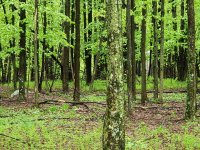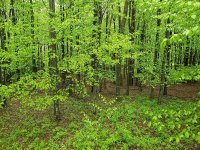EddieWalker
Epic Contributor
On the benefits of thinning, around here in East Texas, a state biologist told me that hundreds of years ago, before any farming or clearing was every done, there where very few saplings and small trees. The big trees where spread out and there was open ground underneath. With farming, came clearing, and then the farming stopped and then the trees made a come back, but it takes hundreds of years for it to be where it is supposed to be naturally. My land is so think that it's impossible to walk through. Thinning it out is good for the wildlife, and the remaining plants.

